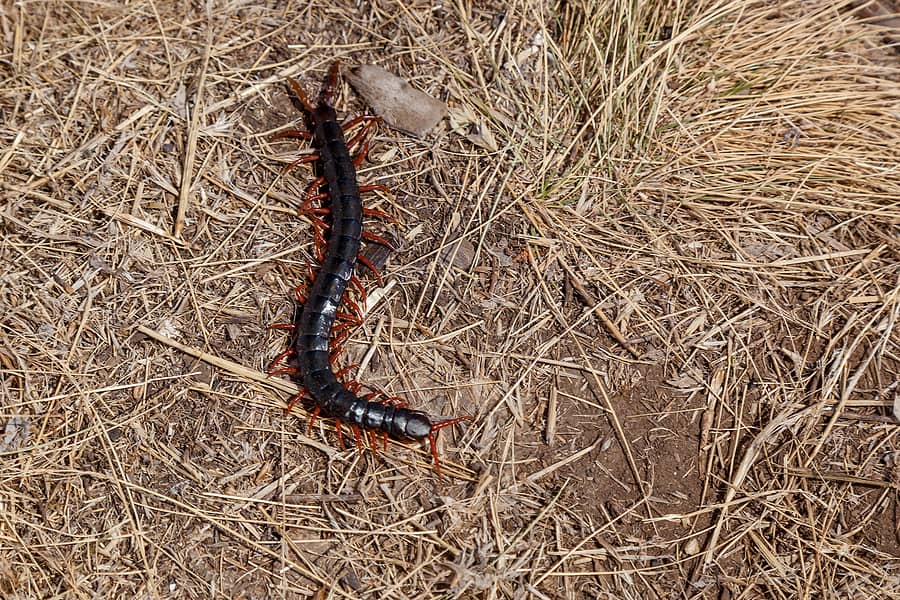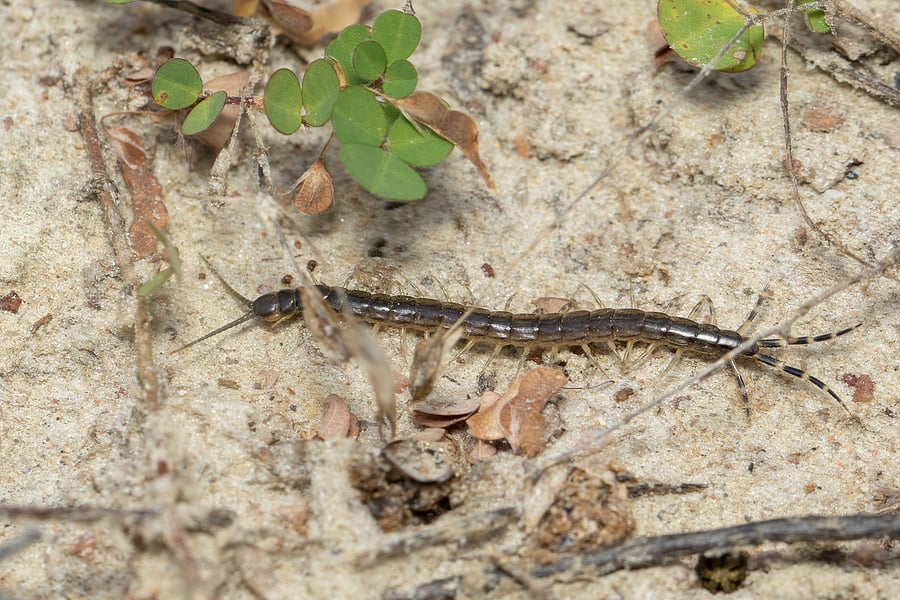READY TO GET STARTED?
REQUEST A FREE ESTIMATE
Fill out the form below or call (888) 466-7849 for a free, no-obligation estimate.

Centipedes are one of the most common household pests. Reaching lengths of 1 to 2 inches, these creepy looking critters also have 15 sets of legs. While it can be startling to find one in your home, they aren’t harmful to humans. They don’t carry disease, don’t damage homes, and don’t consume human food. They will, however, bite if they feel threatened, although this is rare.
Centipedes can be very beneficial to have around. In fact, they are considered a form of natural pest control. They feed on other pests, such as roaches, spiders, termites, and ants.
Centipedes come into our homes in search of dark, humid environments in which they thrive. They will also seek access to food sources (like other pests commonly found in your home).
Get rid of centipedes in your home by:
If you have a problem with centipedes or any other household pests, contact your local pest control company for an evaluation.

Centipedes are common pests that make their way into homes in search of food. They are yellow to dark brown in color with worm-like bodies and long antennae. They have small mouths that contain venom glands and lots of legs – in fact, they can have anywhere from 15 to 177 pairs of legs. Centipedes regrow legs each time they molt, so the older the centipede, the more legs they have.
Centipedes can be frightening in appearance, especially if you come across one unexpectedly in your home. When this happens, should you kill it? The short answer is – no. While centipedes can bite, they rarely do and aren’t considered to be a threat to humans or pets. They also don’t really do a lot to disturb your home. They don’t make nests or webs, they don’t transmit diseases, and they don’t damage your home or belongings. The best reason for not killing centipedes, though, is that they are a fantastic form of natural pest control for your home. These household pests eat roaches, flies, termites, moths, and silverfish. Instead of killing them, relocate them outside so they can help keep other pest populations under control.
Centipedes can be prevented if the things that attract them are removed. Seal any cracks, holes, and gaps in the foundation, as well as gaps around doors and windows. Repair any leaks and clean up any standing water. Keep piles of wood and leaves away from your home. Purge your house, garage, and basement. Pests can be kept under control with regular pest control services provided by your local pest control company.
Why Am I Seeing Rodents in Spring?
The Differences Between Bumblebees and Honeybees
When Are Termites Most Active?